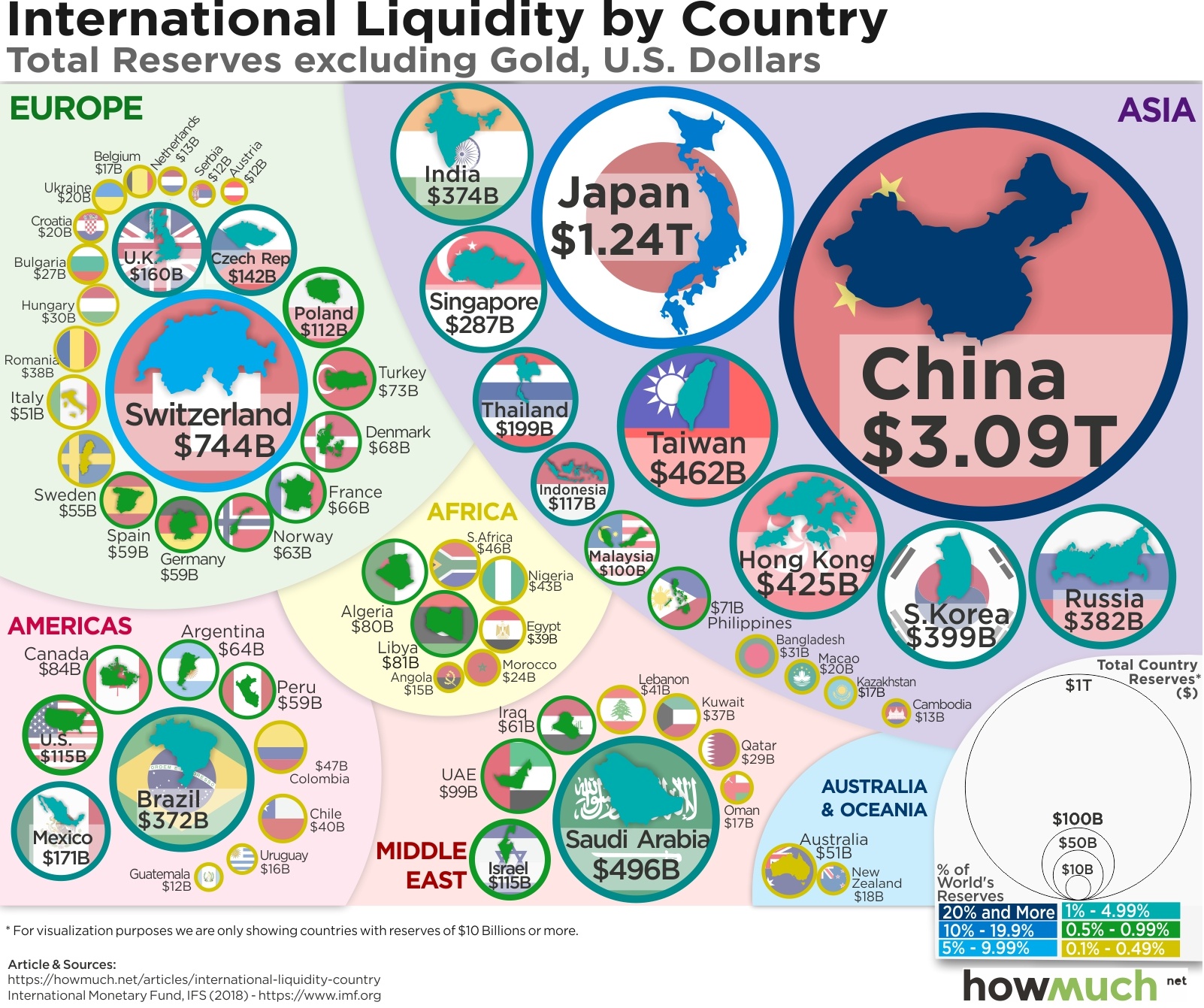China's Auto Industry: A Look At The Future Of Electric Vehicles

Table of Contents
Government Policies and Incentives Driving EV Adoption
The Chinese government's proactive policies are a major catalyst for the country's EV boom. Substantial financial incentives and strategic infrastructure development are key components of this strategy.
Subsidies and Tax Breaks
The Chinese government has implemented various subsidy programs to make electric vehicles more affordable for consumers. These include direct purchase subsidies and reductions in vehicle purchase tax.
- The New Energy Vehicle (NEV) Subsidy Program: This program provides direct financial incentives to buyers of electric cars, plug-in hybrids, and fuel-cell vehicles. The subsidies vary depending on the vehicle's range and battery capacity. While the level of subsidies has been gradually reduced in recent years to encourage technological advancement and market self-sufficiency, they remain a significant factor driving sales.
- Tax Reductions: Significant tax breaks are offered on the purchase of NEVs, further reducing the upfront cost compared to gasoline-powered vehicles. This has been particularly effective in stimulating demand amongst private consumers.
- Impact: These incentives have resulted in a dramatic increase in NEV sales, transforming China into the world's largest EV market. Data from the China Association of Automobile Manufacturers (CAAM) shows a consistent year-on-year growth in NEV sales.
Infrastructure Development
China has made massive investments in building a nationwide charging infrastructure, crucial for widespread EV adoption. This involves the expansion of charging stations in both urban and rural areas.
- Charging Station Expansion: The government has set ambitious targets for the number of public charging stations to be deployed across the country, including fast-charging stations capable of significantly reducing charging times. Private companies are also playing a significant role in this development.
- Technological Advancements: China is investing in various charging technologies, including fast-charging and wireless charging, to enhance user experience and overcome range anxiety. This focus on technological innovation is ensuring China's charging network is among the most advanced globally.
- Government Support: The government actively supports the development and deployment of charging infrastructure through various policy initiatives, including land allocation, permitting processes, and financial incentives for charging station operators.
Emission Standards and Regulations
Stringent emission standards and regulations are pushing automakers toward greater EV production. These regulations are increasingly stringent, forcing a rapid shift away from traditional combustion engine vehicles.
- CAFE Standards: China's Corporate Average Fuel Consumption (CAFE) standards impose increasingly strict fuel efficiency requirements on auto manufacturers. This forces manufacturers to produce more fuel-efficient vehicles, including NEVs.
- Emission Limits: China has set ambitious emission reduction targets, necessitating a large-scale transition to cleaner transportation solutions. This creates a favorable regulatory environment for the growth of the EV industry.
- Future Regulations: The government is expected to implement even stricter regulations in the coming years, further accelerating the adoption of electric vehicles and influencing the development of cleaner energy technologies within the Chinese automotive sector.
Key Players in the Chinese EV Market
China's EV market is dominated by a dynamic mix of domestic and international players, each employing distinct strategies.
Domestic Automakers
Chinese domestic automakers have made significant strides in the EV market, showcasing innovative technologies and rapidly growing market share.
- BYD: BYD, a leading global player, has achieved significant success through its vertical integration strategy, controlling various aspects of the EV supply chain, from battery production to vehicle manufacturing. Their Blade Battery technology is a prime example of their commitment to innovation.
- NIO, Xpeng, Li Auto: These companies have established themselves as significant players with a focus on premium EVs and advanced driver-assistance systems (ADAS). Their success demonstrates the growing sophistication and competitiveness of the Chinese EV industry.
- Market Share: Domestic Chinese brands hold a substantial portion of the Chinese EV market, showcasing their ability to compete with, and often surpass, international competitors. This dominance is driving growth within the broader Chinese economy.
Foreign Automakers' Involvement
International automakers are actively participating in the Chinese EV market, leveraging joint ventures and local manufacturing.
- Tesla: Tesla's Gigafactory in Shanghai has played a significant role in its global production strategy, highlighting the attractiveness of the Chinese EV market.
- Volkswagen, BMW, Daimler: These traditional automakers have invested heavily in electric vehicle development and production in China, showcasing their recognition of the market's importance.
- Challenges: Foreign automakers face challenges in adapting to the unique features of the Chinese market, including navigating regulatory hurdles, competing with well-established domestic brands, and catering to the specific preferences of Chinese consumers.
Technological Advancements and Innovations
China's EV industry is at the forefront of several technological advancements, driving the global EV revolution.
Battery Technology
Significant breakthroughs are being made in battery technology, impacting battery life, charging speed, and overall cost.
- Battery Energy Density: Chinese companies are actively researching and developing higher energy density batteries, which directly translates to increased driving range on a single charge.
- Fast Charging Technologies: Investments in fast-charging technologies are aimed at addressing range anxiety concerns. This technology is becoming increasingly accessible to consumers, significantly enhancing the usability of EVs.
- Cost Reduction: Efforts to reduce battery production costs are crucial for the widespread adoption of electric vehicles. Innovation in battery chemistry and manufacturing processes is helping to achieve this goal.
Autonomous Driving Technology
Chinese companies are making significant strides in autonomous driving technology, pushing the boundaries of self-driving capabilities.
- Level 2 and 3 Autonomy: Several Chinese companies are currently offering vehicles with advanced driver-assistance systems (ADAS) reaching Level 2 and progressing towards Level 3 autonomy.
- Testing and Deployment: Extensive testing is underway in various cities, paving the way for the wider deployment of autonomous vehicles.
- Regulatory Framework: The development of a comprehensive regulatory framework for autonomous driving is crucial for the safe and responsible deployment of these technologies.
Challenges and Opportunities
Despite the rapid growth, China's EV industry faces several challenges and opportunities.
Competition and Market Saturation
The increasing competition within the Chinese EV market is creating pricing pressures and necessitates continuous innovation.
- Product Differentiation: To stand out in the crowded market, companies need to focus on differentiating their products through unique features, superior technology, or better customer service.
- Pricing Strategies: Maintaining competitive pricing while ensuring profitability requires careful planning and efficient production strategies.
- Market Segmentation: Targeting specific market segments, such as luxury, budget-friendly, or specialized vehicles, can allow companies to carve out niches and reduce direct competition.
Supply Chain and Raw Material Dependence
China's EV industry faces challenges related to securing essential raw materials for battery production.
- Raw Material Sourcing: The reliance on imported raw materials for battery production makes the supply chain vulnerable to geopolitical factors and price fluctuations.
- Supply Chain Diversification: Diversifying sources of raw materials and developing domestic sourcing capabilities are crucial for reducing vulnerability.
- Recycling and Reuse: Developing efficient recycling and reuse programs for battery materials is essential for sustainability and resource management.
Charging Infrastructure Gaps
While significant progress has been made, gaps remain in the charging infrastructure, particularly in less densely populated areas.
- Rural Coverage: Expanding charging infrastructure to rural areas is crucial for ensuring equitable access to electric vehicles for all citizens.
- Private Sector Participation: Encouraging private sector investment in charging infrastructure development is essential for meeting the growing demand.
- Smart Grid Integration: Integrating the expanding charging network with the national smart grid is necessary for efficient energy management and grid stability.
Conclusion
China's electric vehicle industry is experiencing explosive growth, fueled by strong government support, technological innovation, and the ambition of both domestic and international players. While challenges remain, including competition, supply chain concerns, and infrastructure gaps, the future of China's EV market looks incredibly bright. The continued development and refinement of China Electric Vehicles will undoubtedly shape the global automotive landscape for years to come. To stay updated on the latest developments and innovations in this dynamic market, keep following our coverage of China Electric Vehicles and their impact on the future of transportation. Learn more about the future of Chinese electric vehicles and their impact on global sustainability.

Featured Posts
-
 T Mobile Data Breaches Result In 16 Million Penalty
Apr 26, 2025
T Mobile Data Breaches Result In 16 Million Penalty
Apr 26, 2025 -
 16 Million Fine For T Mobile Details On Three Years Of Security Failures
Apr 26, 2025
16 Million Fine For T Mobile Details On Three Years Of Security Failures
Apr 26, 2025 -
 How Middle Management Drives Organizational Success And Employee Development
Apr 26, 2025
How Middle Management Drives Organizational Success And Employee Development
Apr 26, 2025 -
 Golds Record High Understanding The Trade War Impact On Bullion
Apr 26, 2025
Golds Record High Understanding The Trade War Impact On Bullion
Apr 26, 2025 -
 Ftc Probe Into Open Ai Implications For Ai Development And Regulation
Apr 26, 2025
Ftc Probe Into Open Ai Implications For Ai Development And Regulation
Apr 26, 2025
